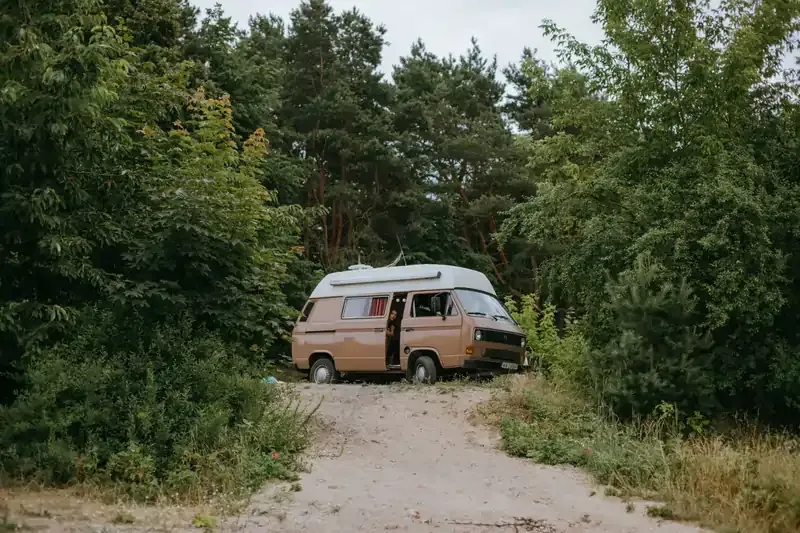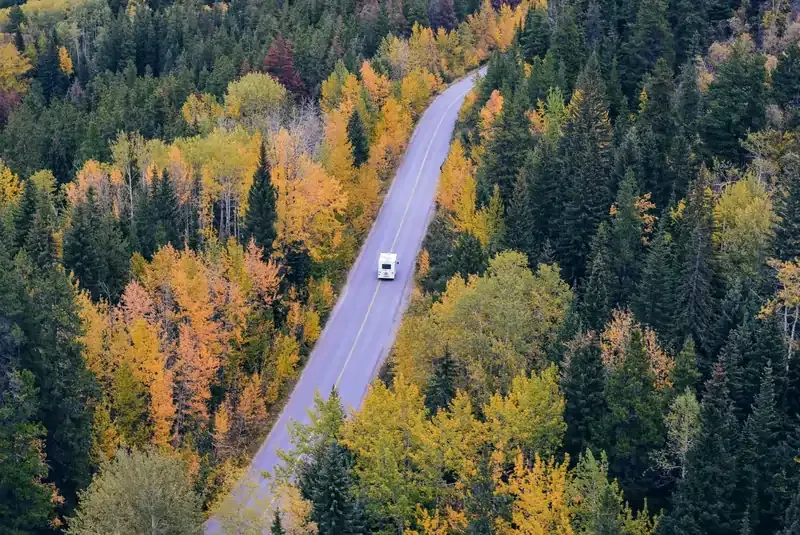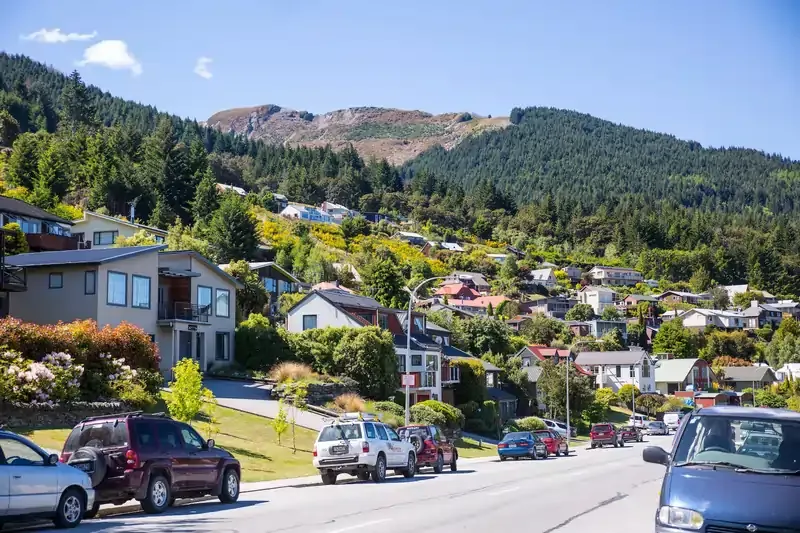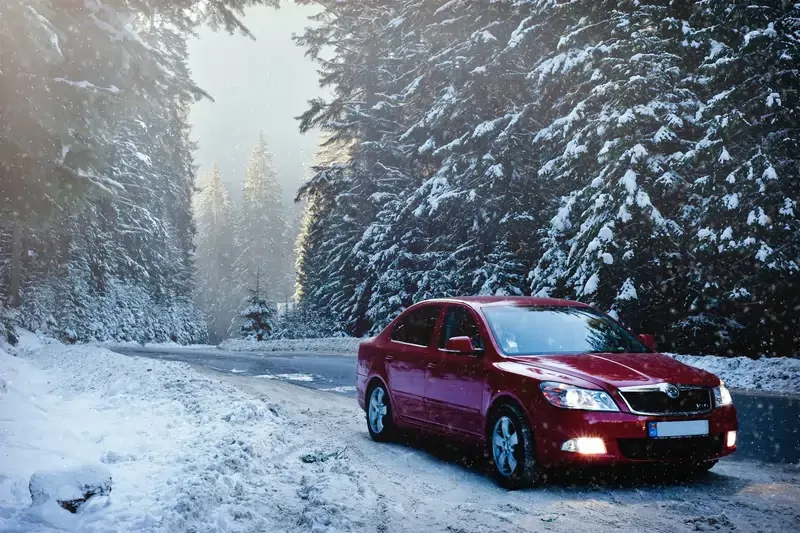travel hacks
6 Essential Tips for a Campervan Adventure in New Zealand
Explore New Zealand on your motorhome
New Zealand, with its breathtaking landscapes, pristine beaches, and charming towns, is a paradise for nature lovers and adventure enthusiasts. One of the best ways to explore this stunning country is by embarking on a campervan holiday. Combining the freedom of the open road with the comforts of home, campervan travel in New Zealand offers a unique and immersive experience.
Here are some pro-tips for your next campervan adventure in New Zealand!

1. Book your campervan in advance
Once you have decided that you want to go on a campervan trip, one of the first few things you have to do is - well - to book a campervan. There are plenty of campervan rental companies, but it is recommended that you book your vehicle in advance to ensure you get the one that you want. This is especially so if you will be visiting New Zealand during the peak travel season between December to February.
When choosing your campervan rental, here are a few things you should look out for:
- Does the campervan rental company have depots at the airport you will be landing in and flying out from? This is important in ensuring that you can pick up and return your campervan.
- What is included in the campervan? Does it have the necessities that you need, and the additional accessories that you would want to have?
- How much is your budget, and what is the level of comfort you are expecting? Remember to match your expectations with your budget!
- What size of vehicle are you comfortable driving? This is an important point that most people tend to miss. You might be thinking, the bigger the better since it is more comfortable, right? Nope! Not everyone will be comfortable with driving vehicles that are too big - and since you will be driving most of the time on your trip, you need to make sure that you are comfortable driving the vehicle.
2. Plan your route and find camping grounds
A campervan holiday requires a certain degree of planning. You will need to know the route you will be taking, and where the camping grounds are located along your route. Some of these camping grounds require you to book in advance, while others are free for use.
There are a few apps that you can use to help you find a camping ground, the most popular apps being Rankers and CamperMate. You will be able to find different camping grounds on these apps - from free campsites to private camping grounds and holiday parks, there is a lot for you to choose from!
Remember to check the details of the camping grounds to confirm what amenities (if any) are present at the grounds. One of the most important things you want to look out for is the presence of toilets and showers!
Finally, remember to make the necessary reservations ahead of time as well!

3. Download your maps
Once you have plotted your route and identified your camping grounds, it is strongly recommended that you download your maps and keep an offline copy of it on your device.
New Zealand has many blackspot where cell coverage and internet connectivity is limited. In the event where your internet gets unstable, you will want to at least still be able to navigate offline while you are on the road.
4. Get a travel eSIM with hotspot for connectivity
Don't count on being able to find free WiFi on your campervan adventure — you are probably not going to be able to find it, and especially not when you are on the road!
One of the best ways to stay connected is to get a travel eSIM for New Zealand. It is best to find a travel eSIM that allows you to tether and share data, so you can transform your device into a wireless hotspot, so other devices can connect to it and access the Internet at the same time.
Get a Nomad eSIM for New Zealand to help you stay connected on your camper van adventure. Nomad has a variety of plans that you can choose from, and at very affordable costs from as low as USD1.67/GB. And in case you need more data along the way, simply purchase an add-on and you can continue to stay connected using the same eSIM.
However, note that generally, there are many black spots in New Zealand where cell coverage is simply limited. (So, refer to point 3 - download a copy of your maps and keep them offline!)

5. Pack light
It is easy to overpack on trips, and given how you will be traveling on a campervan where amenities are not necessarily immediately available, there might be an even greater tendency to do so.
However, keep in mind that the space in the campervan is limited, and you wouldn't want to clutter the space with your baggage and belongings. Here are some essential packing tips:
- Bring comfortable and easy-to-dry clothes that you can easily wash, dry, and re-wear.
- Use packing cubes. They will help you to better organise your clothes and toiletries.
- Bring along a windbreaker and jacket that you can use when it gets chilly.
- Bring along wet-tissue, baby wipes, and dry shampoo. These will be useful if you can't find a toilet or shower along the way.
6. Take note of the driving rules
Make sure to familiarise yourself with the rules and laws of the roads in New Zealand before your trip! The road rules and etiquette in New Zealand could be fairly different from what you are used to back at home.
Here are some key things to note:
- Vehicles in New Zealand have a right-hand drive (the steering wheel on the right side of the vehicle); and you should drive on the left side of the road.
- Speed limits: Speed limits are clearly posted in New Zealand. Watch out for these speed limits, and remember to keep to them.
- One-lane bridges and roadways: You are likely to encounter one-lane bridges and roadways during your journey. Take note of the signs to figure who should go first - a red circle means you should give way, and a blue rectangle is a sign that you can go ahead (and the other vehicle should give way). Either way, remember to check for vehicles on the bridge before moving ahead.



